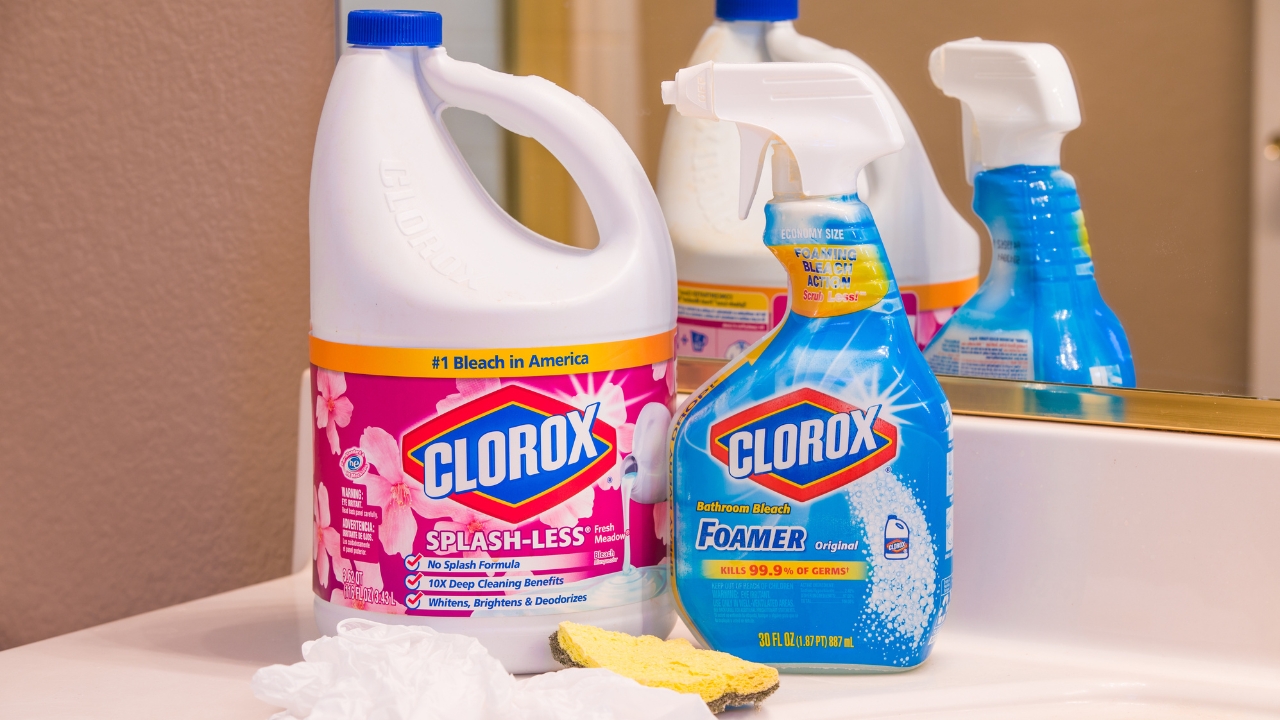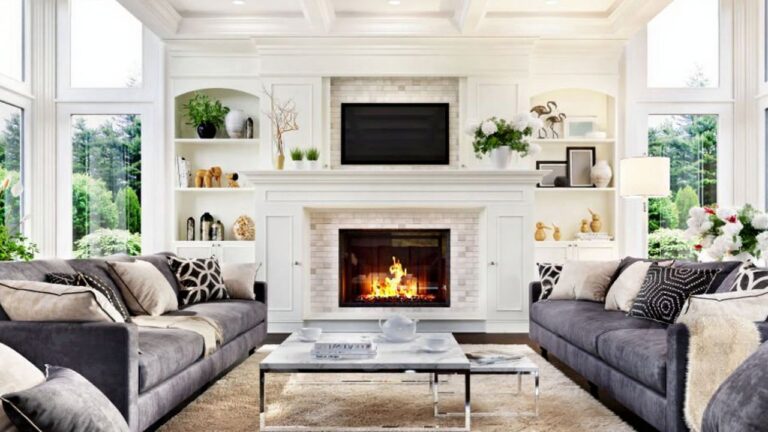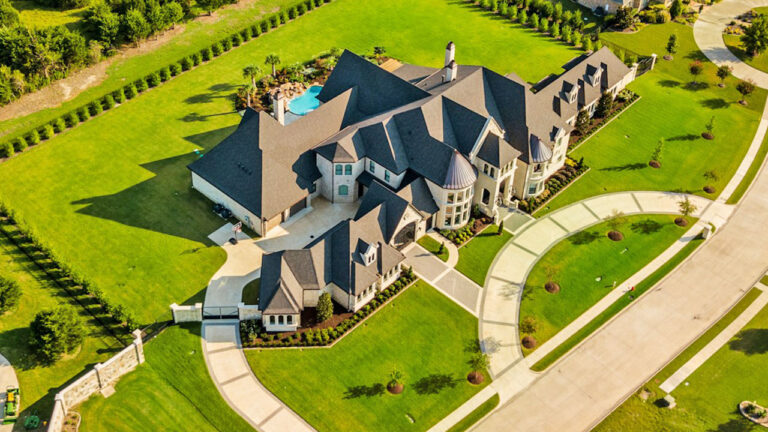10 Things You’re Using Bleach On That You Shouldn’t
Bleach has its place, but it’s not the miracle cleaner people think it is. In fact, there are plenty of things bleach does more harm than good on. Sometimes it ruins the surface, sometimes it makes the problem worse, and sometimes it creates serious health risks.
If you’ve been reaching for bleach a little too often, you’re not alone. But here’s where you need to stop.
Natural Stone Counters
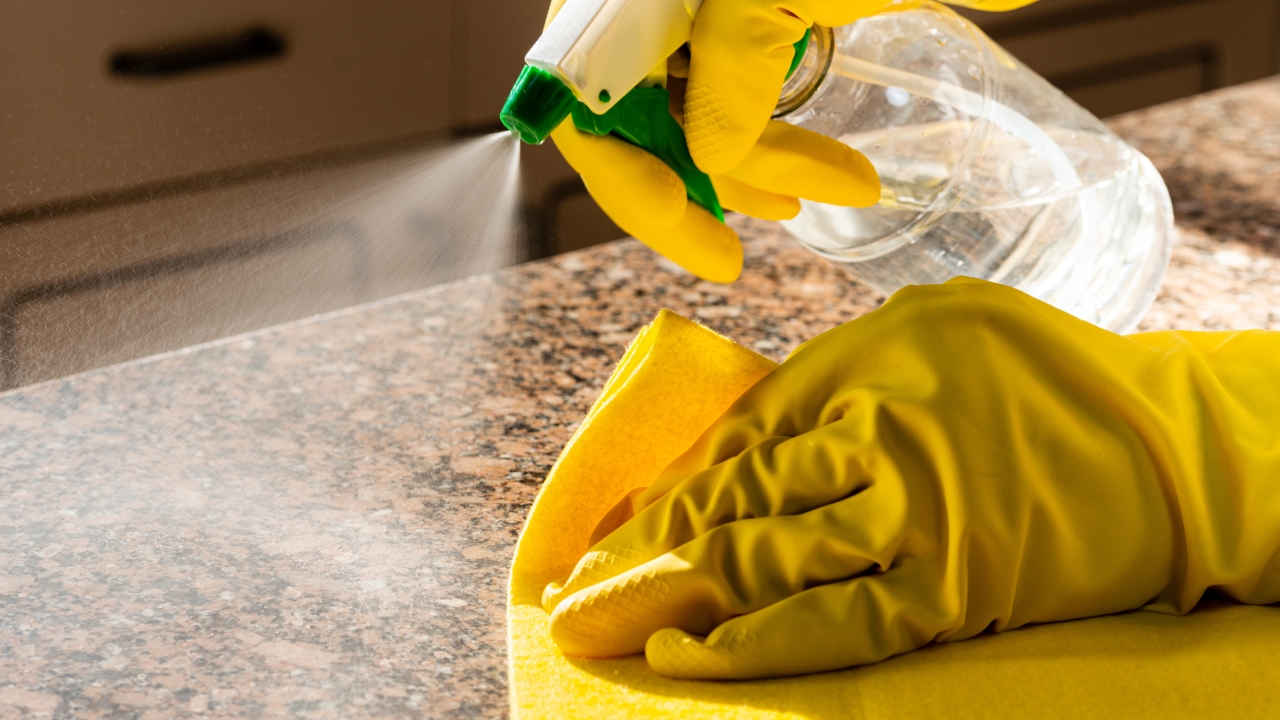
Bleach eats away at natural stone like marble, granite, and quartz. It slowly breaks down the sealant, leading to dull spots and permanent damage.
It also makes the surface more porous over time, which means stains set in easier and bacteria actually thrive. Stick to pH-neutral cleaners made for stone.
Stainless Steel

It sounds weird, but bleach can pit and corrode stainless steel. The damage isn’t always instant, but it sneaks up over time.
Those little rust spots or cloudy patches? Often bleach is the culprit. Use vinegar, dish soap, or stainless-specific cleaners instead.
Wood Surfaces

Bleach soaks into wood and breaks down its fibers. It dries it out, causes warping, and leaves behind blotchy discoloration that’s tough to fix.
If you’ve got hardwood floors, butcher block counters, or wooden furniture, ditch the bleach. Go for a wood-safe cleaner or mild soap.
Fabric Upholstery
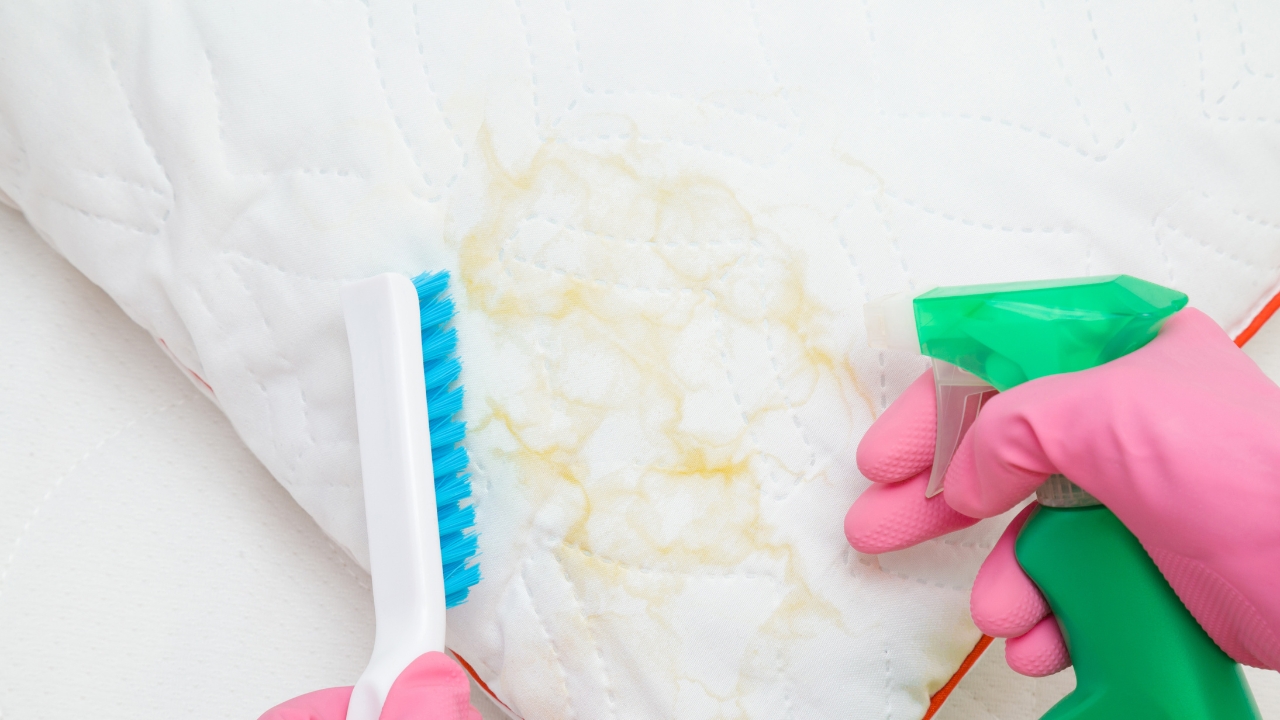
It’s tempting to grab bleach for tough stains, but it wrecks fabric. Even “white” fabrics can turn yellow or brittle when bleach breaks down the fibers.
Plus, bleach weakens seams and cushions over time. Stick with oxygen-based cleaners for fabrics—they’re way safer and actually designed for the job.
Carpet

Bleach and carpet do not mix. You’ll end up with permanent white spots or yellow stains wherever it touches.
On top of that, it damages the backing and fibers, which means shorter carpet life. Use carpet-specific stain removers instead—way safer and much more effective.
Grout (Sometimes)

Bleach might make grout look whiter temporarily, but it actually weakens grout over time. It breaks down the sealant and leads to crumbling.
Once grout starts breaking apart, moisture gets behind the tiles and causes bigger problems. Use a grout-safe cleaner or hydrogen peroxide instead.
Painted Surfaces
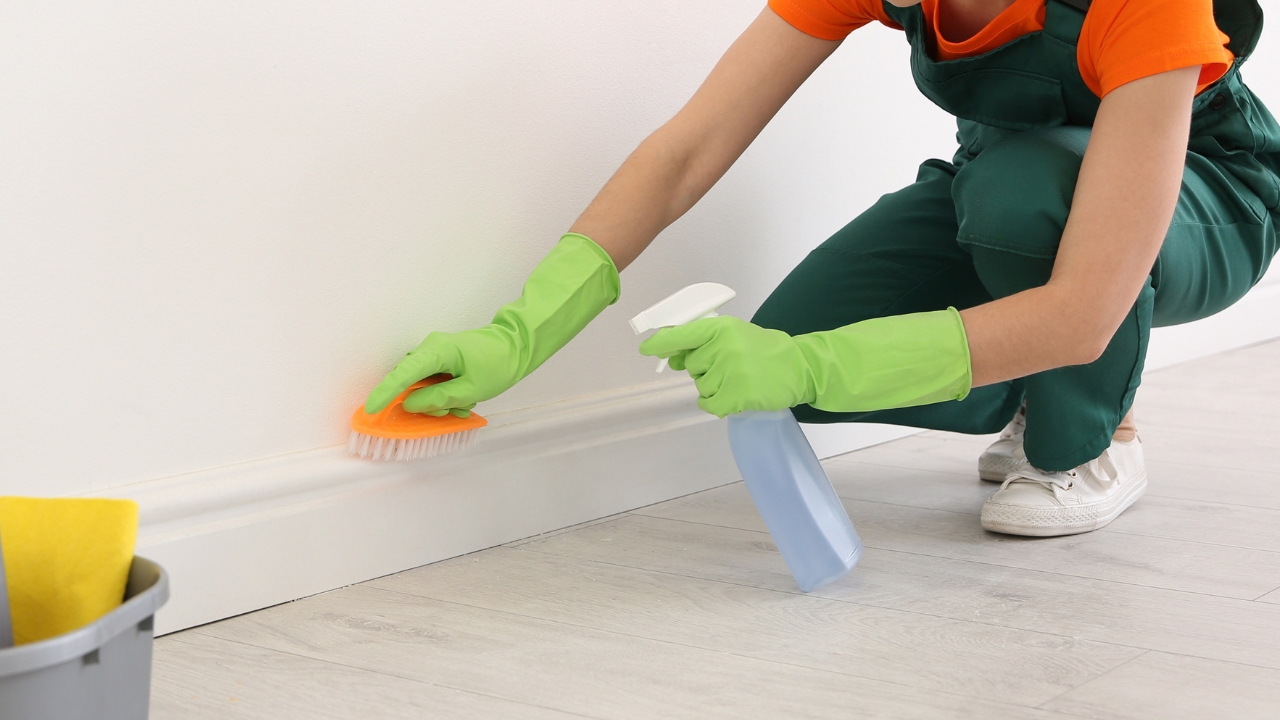
Bleach strips paint. Whether it’s walls, trim, doors, or furniture, bleach can cause streaking, fading, and peeling.
It also leaves behind a residue that collects dust and dirt faster. Mild soap and water or vinegar are safer bets for painted surfaces.
Rubber Seals

Appliance seals—like the gasket in your washer or fridge—get brittle fast when exposed to bleach. It eats the rubber and leads to cracks and leaks.
That’s the fastest way to kill an expensive appliance. Use vinegar or a mild disinfectant spray instead.
Electronics and Appliances
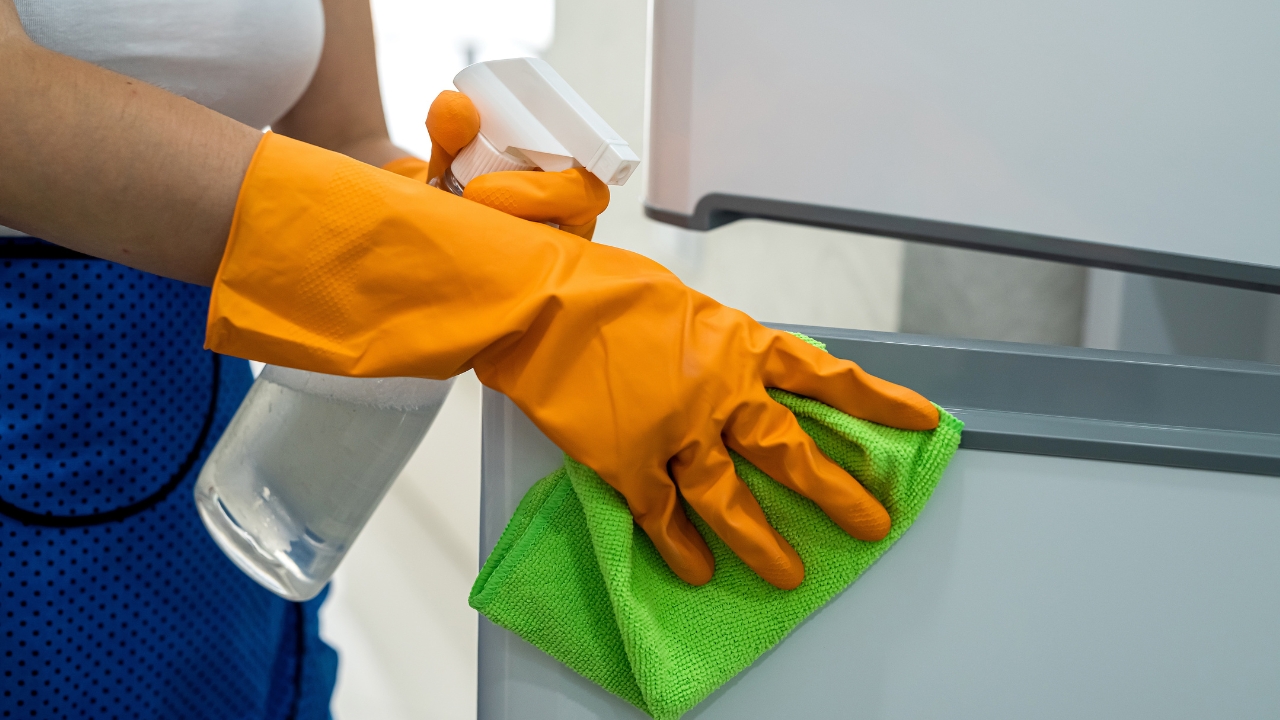
Some folks wipe down fridge shelves, microwaves, or keyboards with bleach—not realizing it corrodes metal parts and damages coatings.
On top of that, bleach fumes are bad news for circuit boards. Stick to alcohol wipes or soap and water for electronics and appliance interiors.
Skin Contact Surfaces
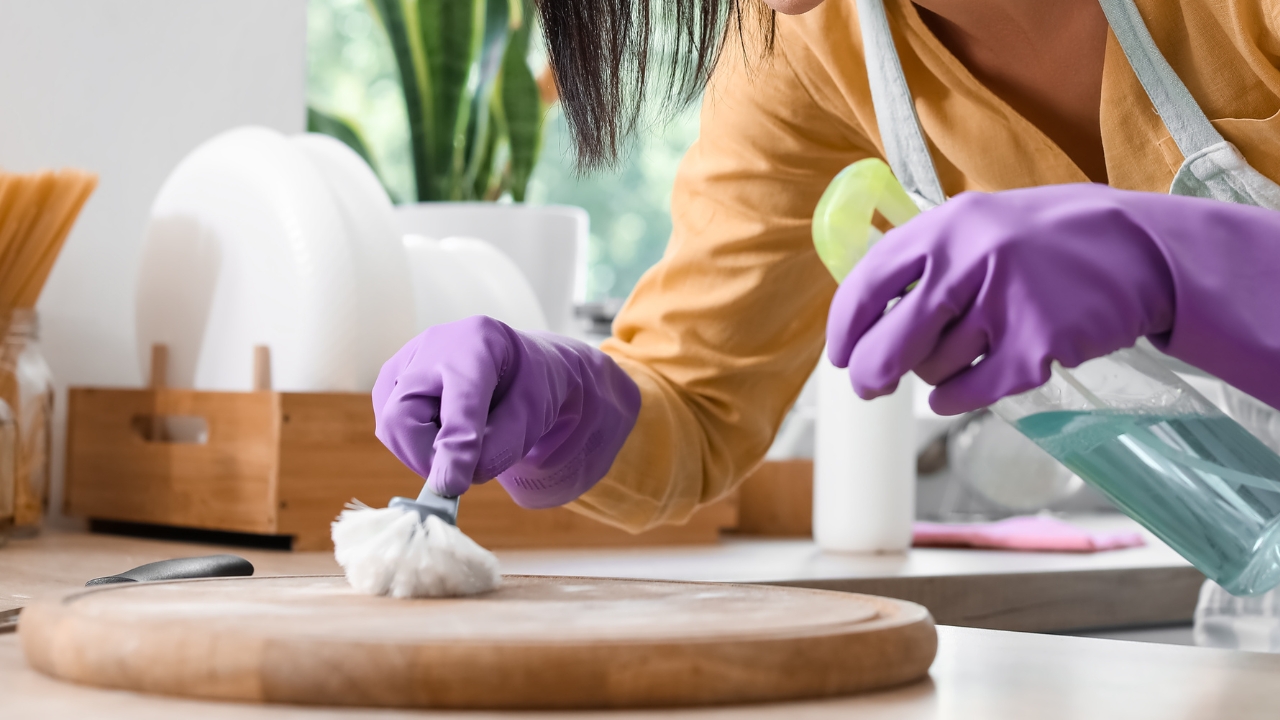
Bleach on cutting boards, kids’ toys, pet dishes, or high chairs sounds like it’d be safe—but it often leaves residue that’s harmful if ingested or touched.
If it isn’t rinsed perfectly (and it rarely is), it transfers to food and hands. Stick with food-safe sanitizers instead.
*This article was developed with AI-powered tools and has been carefully reviewed by our editors.

